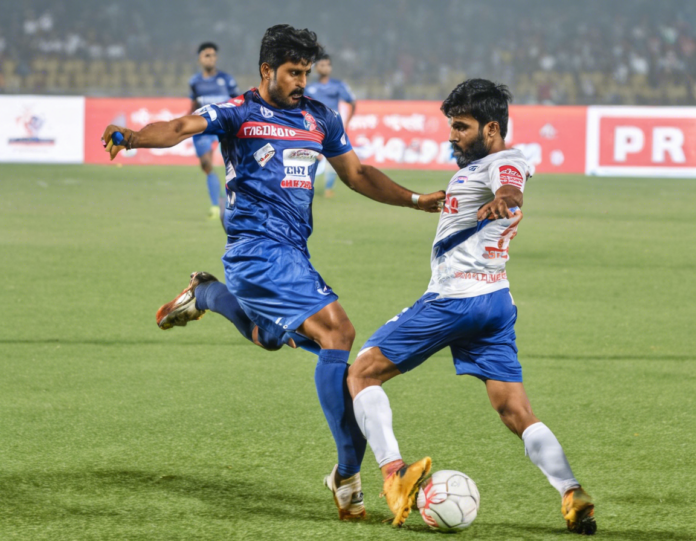When it comes to the Indian footballing landscape, two teams that have been making waves in recent years are Bengaluru FC and Punjab FC. Both clubs have a rich history and a strong fan base, making their encounters on the pitch a spectacle to behold. In this article, we will delve into the key differences between the two clubs in terms of their history, playing style, fan culture, and overall impact on Indian football.
History
Bengaluru FC
Bengaluru FC was founded in 2013 and made an immediate impact by winning the I-League in their debut season. The club has since gone on to establish itself as a dominant force in Indian football, winning multiple domestic titles and making a mark in continental competitions such as the AFC Cup.
Punjab FC
Formerly known as Minerva Punjab FC, the club was founded in 2005 but rebranded as Punjab FC in 2019. While Punjab FC may not have the same level of success as Bengaluru FC in terms of silverware, they have been known for their youth development system and nurturing talented players.
Playing Style
Bengaluru FC
Bengaluru FC is known for their physical and well-organized style of play. The team is built on a solid defense and relies on quick and incisive counterattacks to break down opponents. Their set-piece prowess is also a notable strength, with many goals coming from corners and free-kicks.
Punjab FC
In contrast, Punjab FC adopts a more possession-based approach to the game. They prioritize technical ability and fluid passing to control the tempo of matches. Punjab FC’s style of play often involves patient build-up play and quick interchanges in the final third.
Fan Culture
Bengaluru FC
Bengaluru FC boasts a passionate fan base known as the West Block Blues. The supporters are renowned for their vibrant chants and colorful displays in the stands. The club’s home matches at the Sree Kanteerava Stadium are always a sight to behold, with fans creating a lively and energetic atmosphere.
Punjab FC
Punjab FC may not have the same level of fanfare as Bengaluru FC, but they have a dedicated following of supporters who are deeply passionate about the club. The fans show their unwavering support both at home and away matches, creating a sense of unity and pride among the Punjab FC community.
Impact on Indian Football
Bengaluru FC
Bengaluru FC’s success both domestically and internationally has helped raise the profile of Indian football on the global stage. The club’s emphasis on professionalism and high standards has set a benchmark for other teams to aspire to, leading to an overall improvement in the quality of football in the country.
Punjab FC
While Punjab FC may not have the same level of accolades as Bengaluru FC, they have played a crucial role in providing a platform for young Indian talents to showcase their skills. The club’s commitment to youth development has helped nurture the next generation of football stars in the country.
In conclusion, the clash between Bengaluru FC and Punjab FC is not just a battle on the pitch but a reflection of the diverse and rich footballing landscape in India. Both clubs bring their own unique strengths and qualities to the game, contributing to the growth and evolution of the sport in the country.
FAQs
1. Which team has a better head-to-head record?
Bengaluru FC has a slightly better head-to-head record against Punjab FC, with a higher number of wins in their encounters.
2. Who are some notable players from Bengaluru FC?
Players like Sunil Chhetri, Gurpreet Singh Sandhu, and Udanta Singh have been key figures for Bengaluru FC in recent years.
3. Does Punjab FC have a women’s team?
Yes, Punjab FC has a women’s team that competes in various domestic competitions in India.
4. How do Bengaluru FC and Punjab FC contribute to grassroots football?
Both clubs have robust grassroots programs aimed at identifying and nurturing young talent through academies and coaching initiatives.
5. What are the future prospects for Bengaluru FC and Punjab FC?
With continued investment in infrastructure and player development, both clubs have the potential to further elevate Indian football and compete at a higher level in the coming years.
